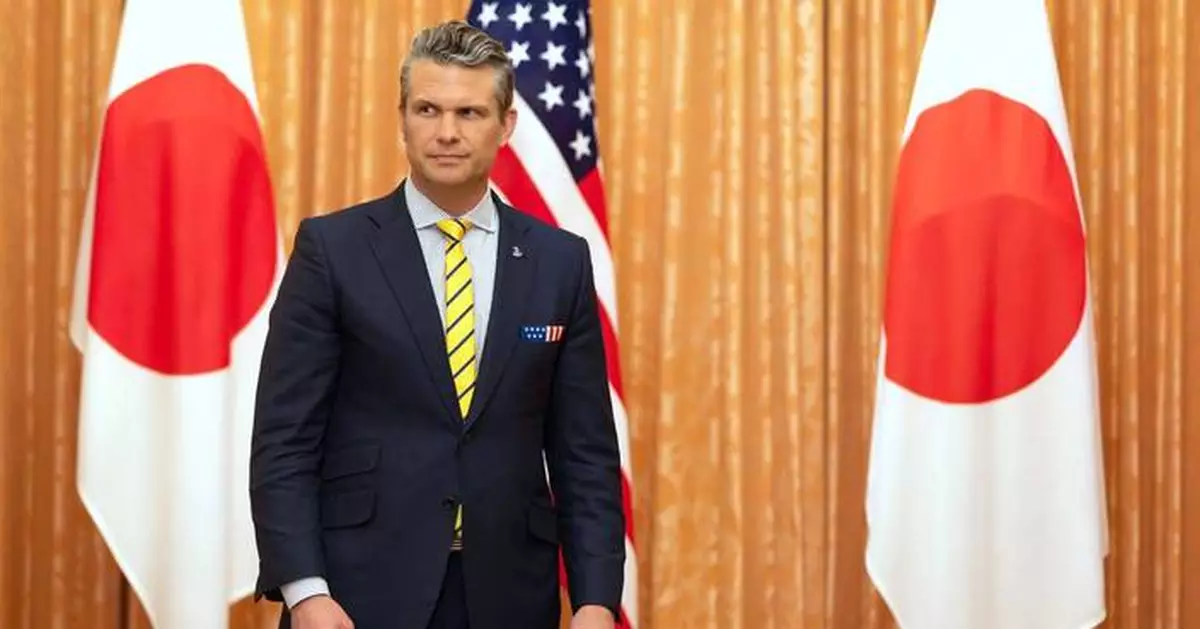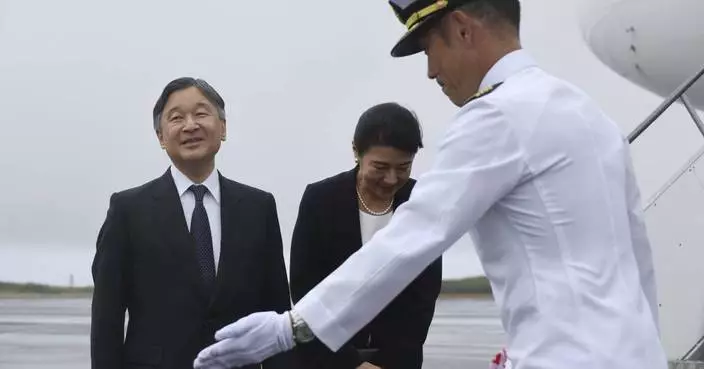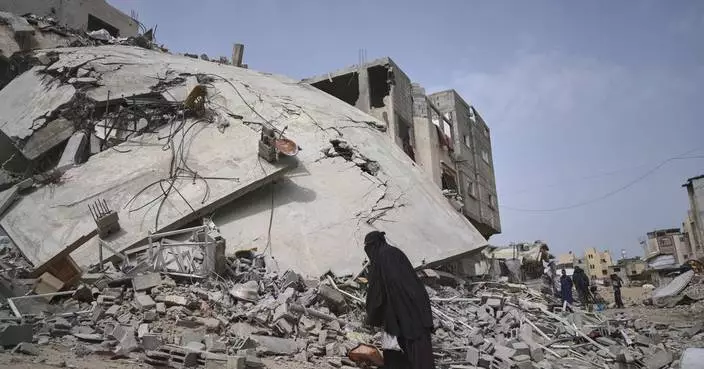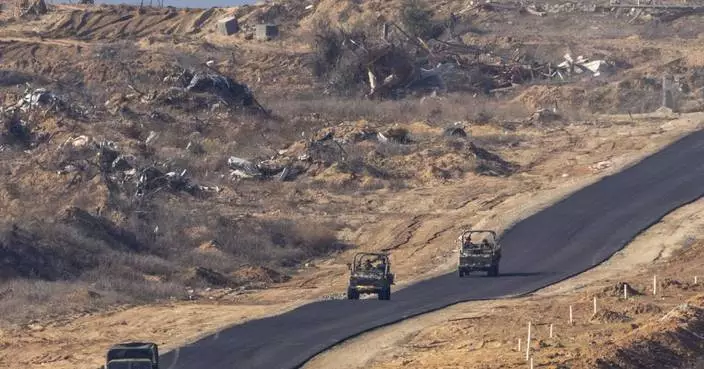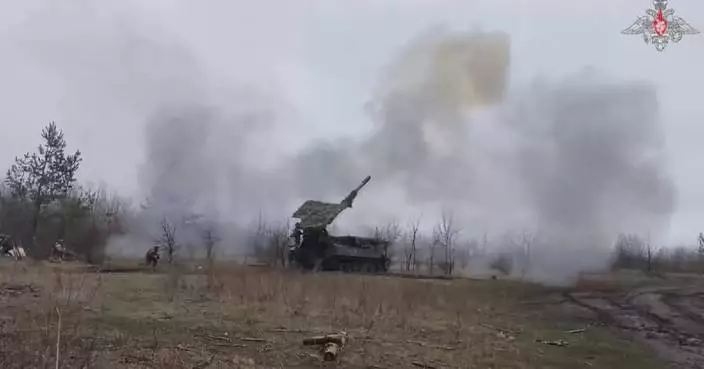WASHINGTON (AP) — Defense Secretary Pete Hegseth has ordered the military to make fitness standards for all combat jobs gender neutral, formalizing a process that largely exists for many of those jobs already.
In a new memo, Hegseth told leaders of the military services to distinguish which jobs are considered combat arms — such as special operations or infantry, and require “heightened entry level and sustained physical fitness" — and which are not.
The memo released Monday said all physical fitness requirements for those combat arms positions must be gender neutral, “based solely on the operational demands of the occupation and the readiness needed to confront any adversary.”
The new order expands on a memo Hegseth put out March 12 that said the undersecretary for personnel must gather information on military standards “pertaining to physical fitness, body composition, and grooming, which includes but is not limited to beards.”
Both reflect Hegseth's public complaints about fitness standards well before he took on the Pentagon job. While working as a Fox News commentator, Hegseth spoke about his opposition to women in combat jobs and his belief that standards were lowered to accommodate women.
The order, however, could require some complicated assessments as all the services go through their jobs and determine which should be considered combat arms. For example, which sailors on a Navy warship deployed to the Middle East and being fired on by the Houthi rebels should be considered in a combat post?
On smaller ships, it's not unusual for sailors to perform a number of different tasks, including firing weapons. And, should intelligence officers, who often were on the front lines in Iraq and Afghanistan, also count as combat arms?
The military has long had what is largely a two-part system for physical fitness standards:
— Routine annual fitness tests with different requirements based on gender and age.
— More grueling standards for specific combat, special operations, infantry, armor, pararescue jumpers and other jobs that are the same for everyone in that occupation, and are not adjusted for age or gender.
Hegseth's memo appears to focus on the second grouping — arguing that combat jobs require more stringent fitness standards.
Already, however, specific military jobs like special operations, infantry, armor and pararescue require different, higher-level physical — and often mental and psychological — tests, requirements and qualification courses.
Those standards require everyone to meet the same requirements, regardless of their age or gender. For example, an Army soldier who wants to be a Green Beret or a Ranger, or a sailor who wants to be a Navy SEAL, must pass grueling monthslong qualification courses.
Also, after the Pentagon allowed women to be in all combat jobs, the Army set specific fitness standards for each military occupation that are the same regardless of age or gender.
Recruits who want to serve in an infantry or armor job must pass a specific physical assessment that has higher, more significant demands in order to sign a contract for that specialty.
Similarly, Marines also require more extensive fitness standards for their special operations forces and combat jobs.
Hegseth's memo mentions higher fitness requirements for special operations forces — which already exist. And it says Navy divers and explosive ordnance disposal technicians also should be required to have proficiency in tasks such as water rescue and demolition, which they already do.
The order gives service leaders 60 days to provide their proposed changes. They have 30 days to provide an interim report.
“As the nature of warfare evolves and the demands on our service members grow more complex, it is imperative that we assess and refine the physical fitness standards that enable our readiness and lethality,” Hegseth said in the memo.
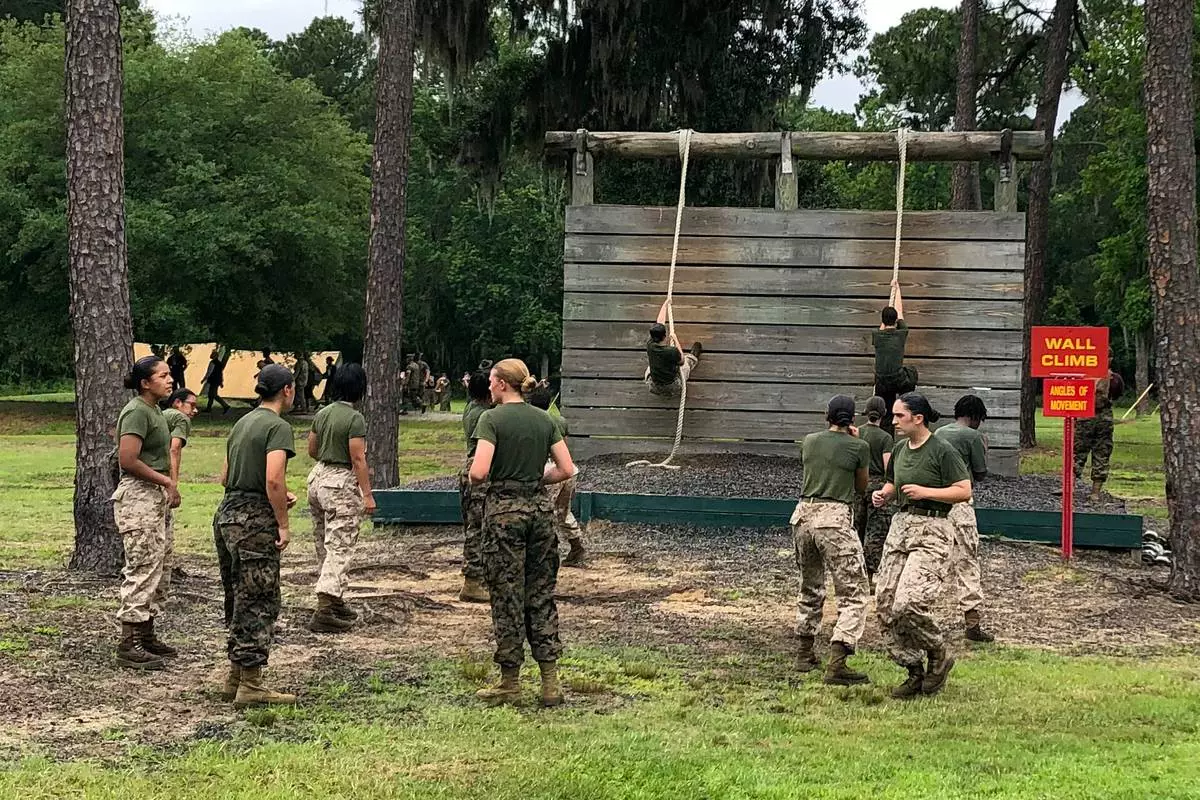
FILE - Female Marines go through one of the obstacles in the so-called confidence course at Parris Island Recruit Depot, S.,C., on May 27, 2020. (AP Photo/Lolita Baldor, File)
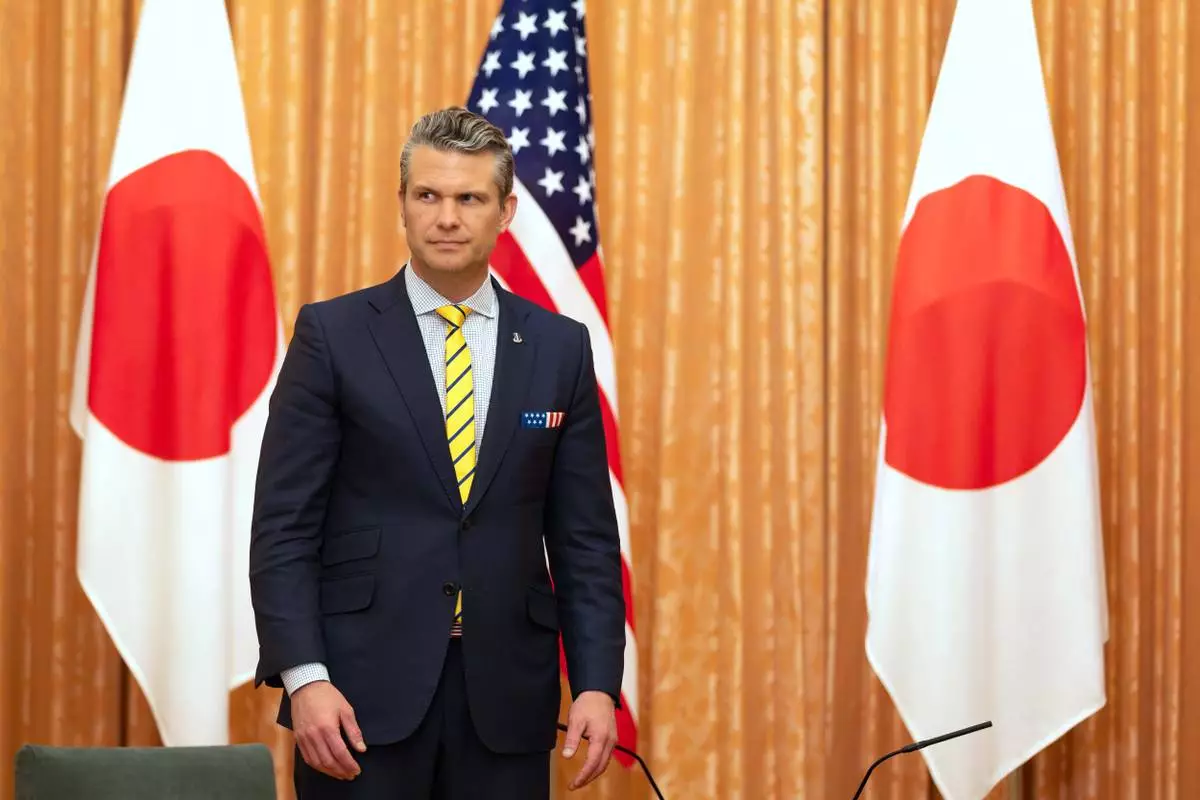
U.S. Secretary of Defense Pete Hegseth waits for the arrival of Japanese Prime Minister Shigeru Ishiba at the prime minister's office in Tokyo Sunday, March 30, 2025. (Stanislav Kogiku/Pool Photo via AP)
DUBAI, United Arab Emirates (AP) — Middle East stock markets tumbled Monday as they struggled with the dual hit of the United States' new tariff policy and a sharp decline in oil prices, squeezing energy-producing nations that rely on those sales to power their economies and government spending.
Benchmark Brent crude is down by nearly 15% over the last five days of trading, with a barrel of oil costing just over $63. That’s down nearly 30% from a year ago, when a barrel cost over $90.
That cost per barrel is far lower than the estimated break-even price for Saudi Arabia and most other countries producing energy in the Middle East. That's coupled with the new tariffs, which saw the Gulf Cooperation Council states of Bahrain, Kuwait, Oman, Qatar, Saudi Arabia and the United Arab Emirates hit with 10% tariffs. Other Mideast nations face higher tariffs, like Iraq at 39% and Syria at 41%.
“With these measures and the expected retaliatory measures that could be adopted by other countries, the stability and predictability of international trade could be undermined,” the accounting firm PwC said in an advisory to its Mideast clients.
The Dubai Financial Market exchange fell 6% after it opened for the week, with market leader Emaar Properties down 9%. The Abu Dhabi Securities Exchange fell 4%.
Markets that opened Sunday saw losses as well. Saudi Arabia's Tadawul stock exchange fell over 6% in trading then, with further losses of 3% after opening Monday. The giant of the exchange, Saudi Arabia's state-owned oil company Aramco, fell over 5% on its own on Sunday, with more losses Monday, wiping away billions in market capitalization for the world's sixth-most-valuable company.
The drop in Aramco, whose shares also power Crown Prince Mohammed bin Salman's expansive plans to reshape the kingdom's economy, ties directly back to the overall price of oil.
Last week, OPEC+ members Algeria, Iraq, Kazakhstan, Kuwait, Oman, Russia, Saudi Arabia and the UAE agreed to speed up the introduction of more oil into the market. This month marks the first oil production increase by the group since 2022.
“OPEC+ has shifted its market management strategy from a steady incremental increase in output to monthly announced targets, bringing forward higher output levels for May this year,” an analysis published Monday by the state-majority-owned Emirates NBD Bank of Dubai said. “That will leave oil markets grasping with additional volatility as they assess the negative impact on global trade of the tariffs announced by the Trump administration.”
The Qatar Stock Exchange fell over 4% Sunday and a further 2% as trading resumed Monday. Boursa Kuwait fell over 5% on Sunday, with slight losses again Monday.
The Pakistan Stock Exchange fell rapidly Monday, with Islamabad facing 29% tariffs from the U.S. The exchange suspended trading for an hour after a 5% drop in its main KSE-30 index.
"We may face this situation until the uncertainty ends at the global market,” said Mohammed Sohail, the chief executive at Topline Securities.
Pakistan’s Finance Minister Muhammad Aurangzeb said over the weekend that Islamabad will send a delegation to the United States soon to negotiate. The U.S. imports around $5 billion worth of textiles and other products from Pakistan, which heavily relies on loans from the International Monetary Fund and others.
Associated Press writer Munir Ahmed in Islamabad contributed to this report.

Emiratis are seen in the Dubai Financial Market in Dubai, United Arab Emirates, Monday, April 7, 2025. (AP Photos/Fatima Shbair)

Emiratis are seen in the Dubai Financial Market in Dubai, United Arab Emirates, Monday, April 7, 2025. (AP Photos/Fatima Shbair)

Emiratis are seen in the Dubai Financial Market in Dubai, United Arab Emirates, Monday, April 7, 2025. (AP Photos/Fatima Shbair)

Emiratis are seen in the Dubai Financial Market in Dubai, United Arab Emirates, Monday, April 7, 2025. (AP Photos/Fatima Shbair)

Emiratis are seen in the Dubai Financial Market in Dubai, United Arab Emirates, Monday, April 7, 2025. (AP Photos/Fatima Shbair)

An Emirati man is seen in the Dubai Financial Market in Dubai, United Arab Emirates, Monday, April 7, 2025. (AP Photos/Fatima Shbair)

Emiratis are seen in the Dubai Financial Market in Dubai, United Arab Emirates, Monday, April 7, 2025. (AP Photos/Fatima Shbair)

Emirati men are seen in the Dubai Financial Market in Dubai, United Arab Emirates, Monday, April 7, 2025. (AP Photos/Fatima Shbair)

An Emirati man is seen in the Dubai Financial Market in Dubai, United Arab Emirates, Monday, April 7, 2025. (AP Photos/Fatima Shbair)
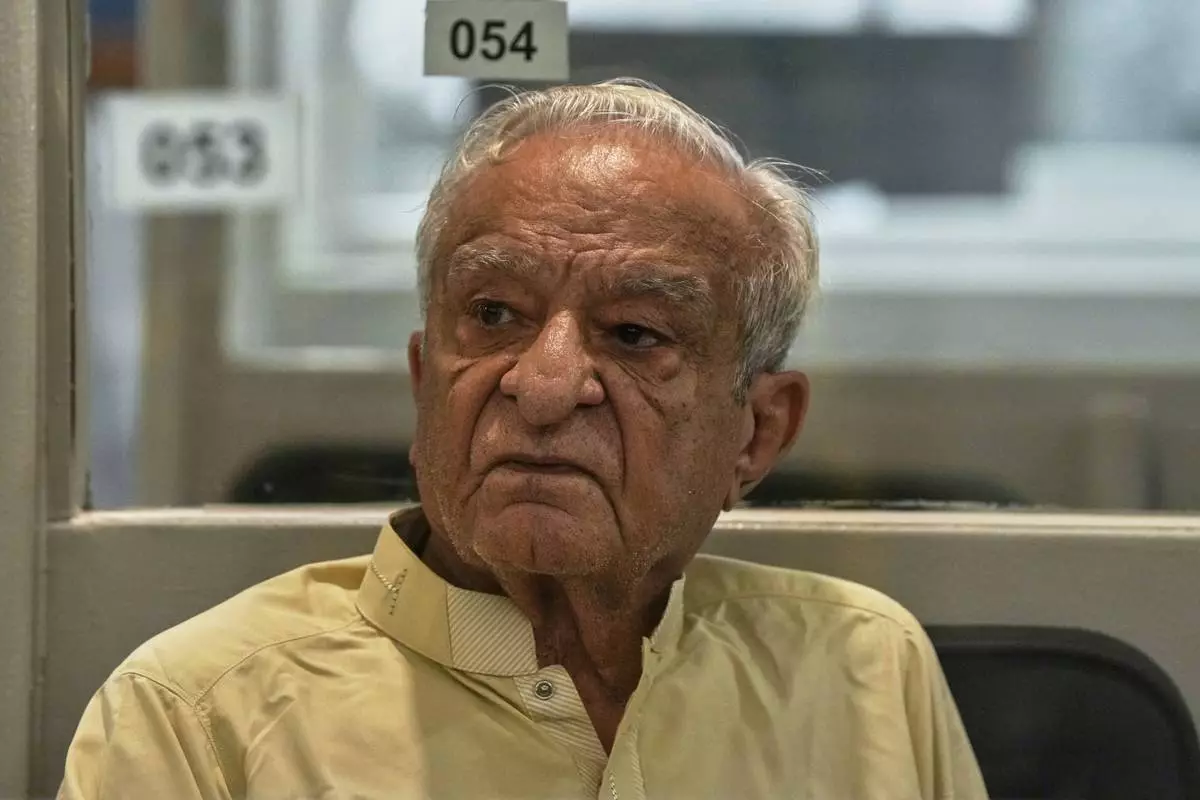
A dejected investor waits to restart trading, which suspended for an hour following a 5% drop in in its main index at the Pakistan Stock Exchange (PSE), in Karachi, Pakistan, Monday, April 7, 2025. (AP Photo/Fareed Khan)
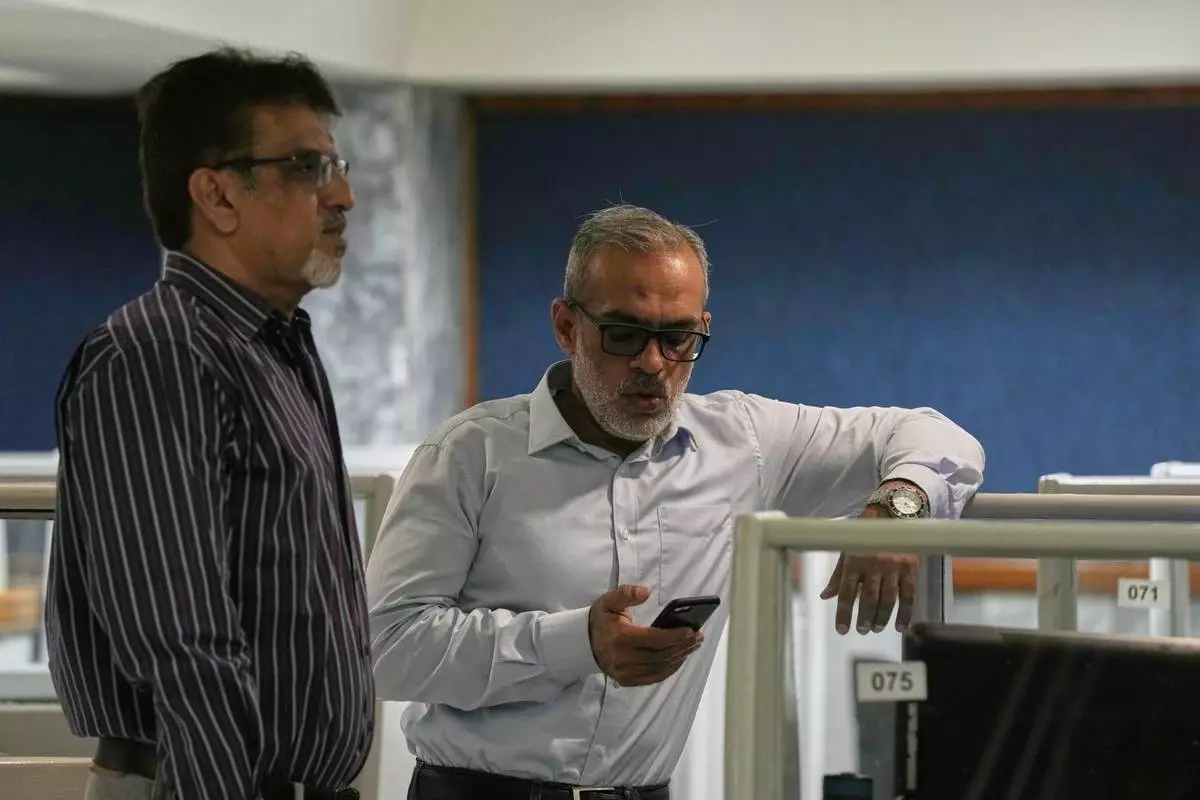
Stock brokers discuss the situation at the Pakistan Stock Exchange (PSE), after trading suspended for an hour following a 5% drop in in its main index, in Karachi, Pakistan, Monday, April 7, 2025. (AP Photo/Fareed Khan)

An investor looks on indexes and benchmark 100 index at the Pakistan Stock Exchange (PSE), in Karachi, Pakistan, Monday, April 7, 2025. (AP Photo/Fareed Khan)
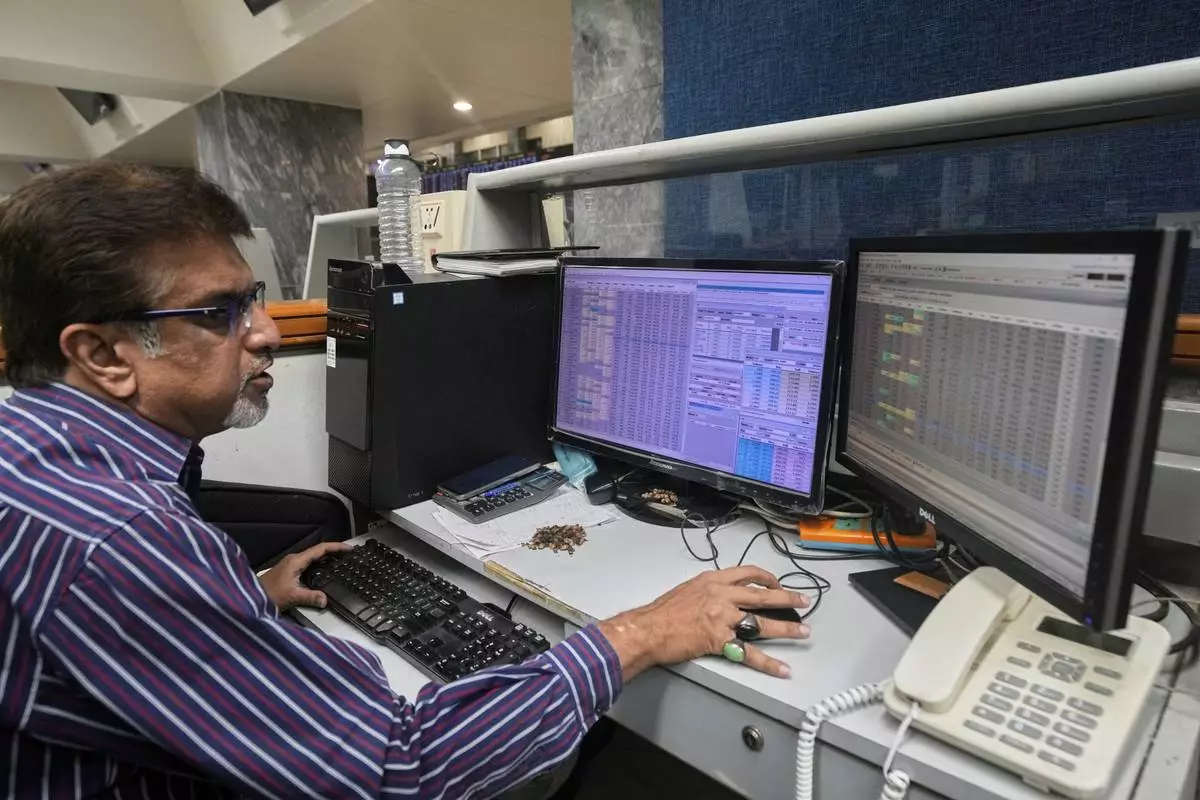
A stock broker checks indexes and benchmark 100 index at the Pakistan Stock Exchange (PSE), in Karachi, Pakistan, Monday, April 7, 2025. (AP Photo/Fareed Khan)
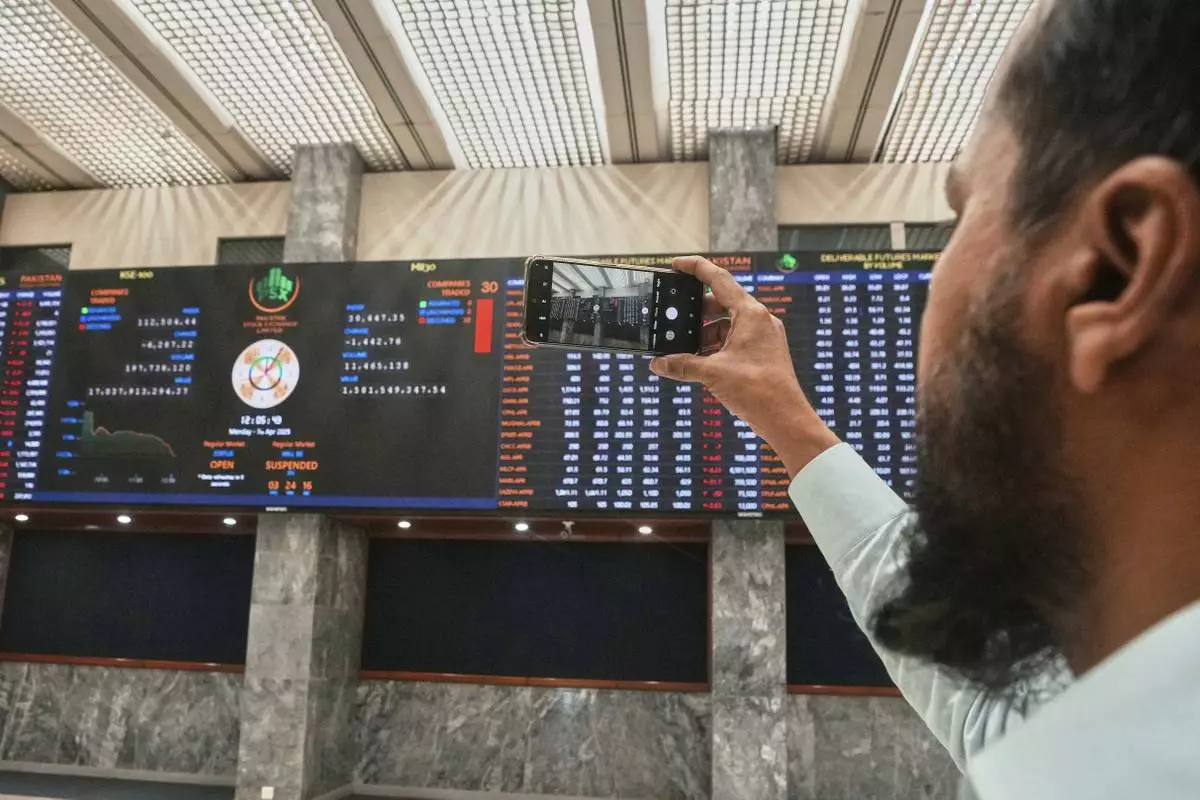
An investor takes a picture with a cell phone of indexes and benchmark 100 index at the Pakistan Stock Exchange (PSE), in Karachi, Pakistan, Monday, April 7, 2025. (AP Photo/Fareed Khan)




